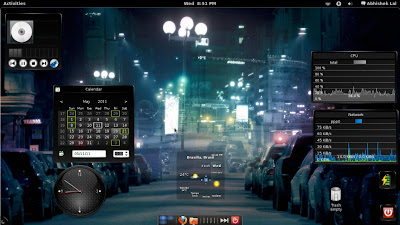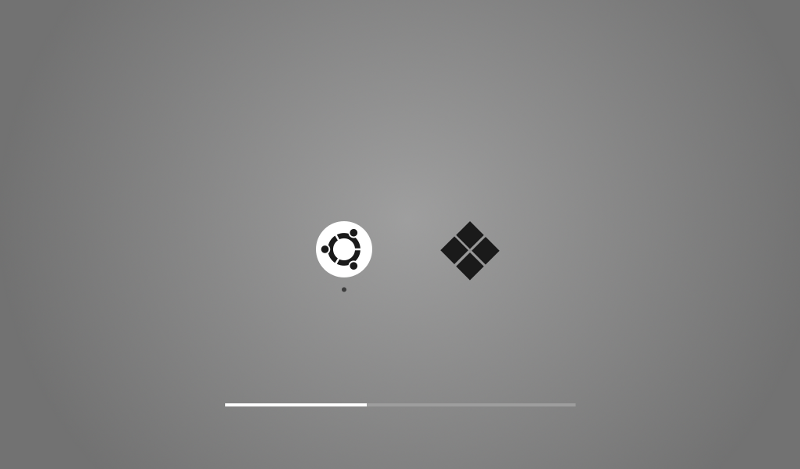Ubuntu 11.04 brought with it a shiny new Launcher with shiny new capabilities, such as the ability to display progress bars, count badges and quicklists on application Launcher icons.
Although Ubuntu 11.04 didn’t see the default application take advantage of these features to any great degree plans are afoot to provide Oneiric’s default apps with Unity integration from the get-go.
Default applications
- Gwibber already has Quicklist support in Unity but will benefit from an unread tweet/message count in Ubuntu 11.10.
- Update-Manager will receive an update count, progress bar and quicklists containing items such as ‘check for updates’, etc.
- Banshee won’t gain player controls in its’ quicklist but ‘media sources’ – as currently found in the Banshee sidebar – will be entered. A progress bar for music and podcast download will also be looked into.
- Dynamic quicklists – as seen in AWN and Docky – have been suggested for use with Nautilus, with its quicklist containing user shortcuts and favourites. Progress bars to relay something transfer/copy status are also being mooted.
Other integration changes planned include control items in Transmission’s Quicklist and progress bars for Brasero – and the Ubuntu Software Centre.
Simple quicklists are also proposed for Gedit, the Terminal, new default backup ‘Deja Dup’ and movie player Totem.












